Plate Compactor vs Hand Tamper: Which to Use?
The process of compacting the ground always needs to happen before any work begins. It’s essential. Packed soil is more stable and will remain safe from shifting or erosion. Therefore, the entire surface may crack and possibly be ruined.
So, here’s the question: Could the job be done with a hand tamper alone, or must you use a plate compactor?
This article is a comprehensive guide. The decision to choose the right equipment according to use becomes easy. You can install a patio, build walkway, or driveway easily with the appropriate tools.
Contents
Why Compaction Matters
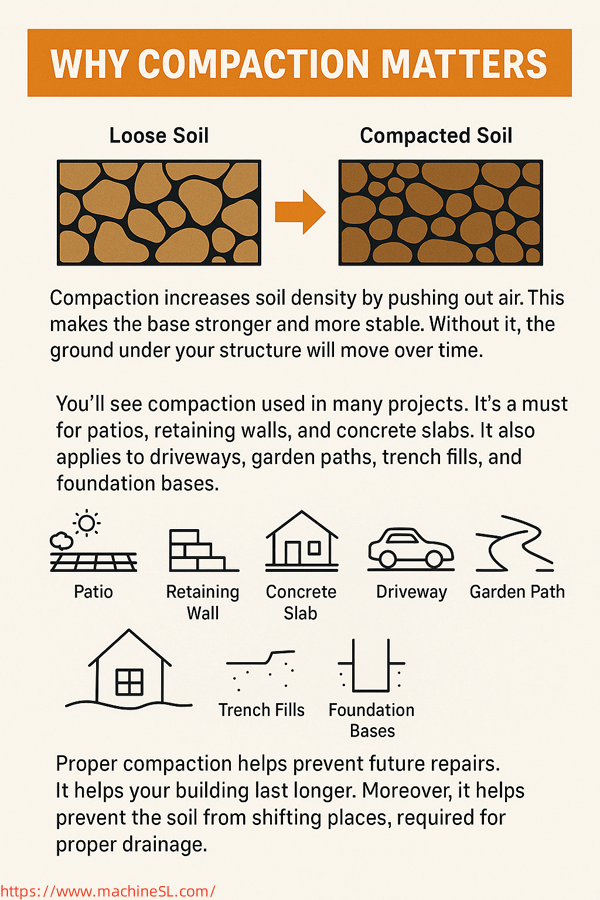
Compaction increases soil density by pushing out air. This makes the base stronger and more stable. Without it, the ground under your structure will move over time.
You’ll see compaction used in many projects. It’s a must for patios, retaining walls, and concrete slabs. It also applies to driveways, garden paths, trench fills, and foundation bases.
Proper compaction helps prevent future repairs. It helps your building last longer. Moreover, it helps prevent the soil from shifting places, required for proper drainage.
What Is a Plate Compactor
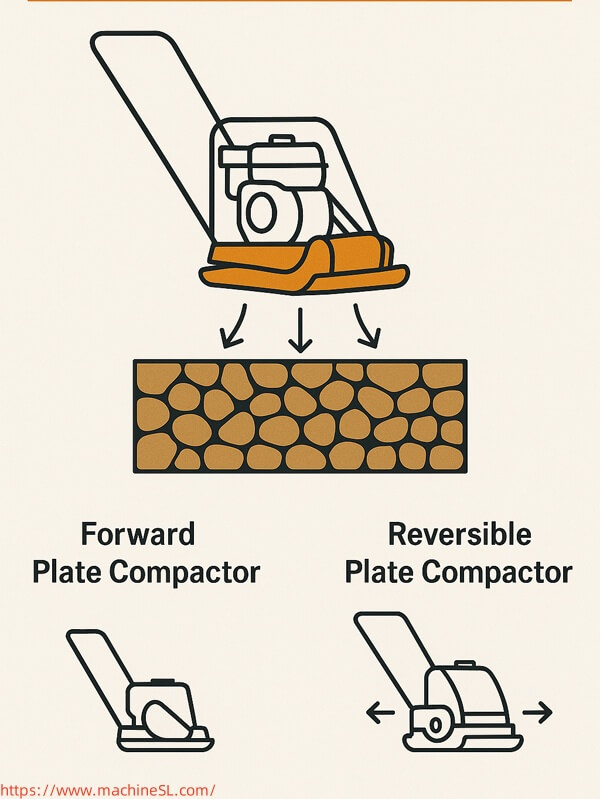
A plate compactor is used to level and pack down soil, gravel, or sand into a smooth surface. This process help in making roads, hard surfaces, or other projects stronger. It has a big metal bottom that moves around really quickly.
The vibration moves through the soil, forcing particles to settle and lock together. This results in a dense, stable layer.
There are two main types of plate compactors. This type of compactor goes in one direction and is called a forward plate compactor. You can best use it for small or medium-size areas and fill it with sand or gravel.
The second type is the reversible plate compactor. It moves both forward and backward. It’s heavier and more powerful. Reversible models are used on bigger jobs, such as foundations or roads.
What Is a Hand Tamper

A hand tamper is a manual tool. It has a flat metal base and a long handle. You use it by lifting and slamming it down onto the ground repeatedly.
There is no engine, no vibration, and no moving parts. Just your body strength.
Hand tampers are great for very small areas. They’re often used in corners where machines can’t reach. You’ll also see them on small DIY projects or when making minor repairs.
Because they use only manual force, they can’t compact very deep. They’re usually effective for the top few inches of soil.
Plate Compactor vs Hand Tamper: Tool Comparison
We have already have a short introduction to hand tamper and plate compactor. Now we can go in details while having a detailed comparison. So, here you can compare the both in different aspects.
Compaction Depth and Power
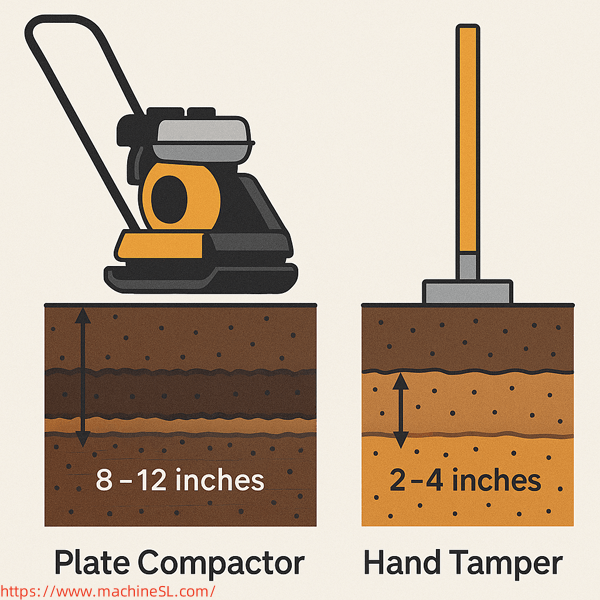
For workability and power in depth, we can compare the both as:
Plate compactors can compact deeper than hand tampers. Most can reach depths of 8 to 12 inches in granular soils. That makes them ideal for patios, driveways, and roads.
Hand tampers only compact about 2 to 4 inches deep. They work best for shallow, light-duty compaction. They can’t handle deep or thick soil layers.
Plate compactor is the better choice for anything that needs strong, long-lasting support.
Speed and Efficiency
Time is money. A machine working faster will be more efficient. Let see which one of the two gives best efficiency.
Plate compactors work fast. They manage to cover a huge area in just a short amount of time.
When you have less time or more projects, the machine will assist you in doing your work more quickly.
Labor and Ease of Use
It is obvious that a machine with broader scope of work, will have some requisites. So, operating a plate compactor takes some practice. It vibrates strongly and can be hard to control on uneven surfaces. But it reduces manual labor.
With a hand tamper, there’s no learning curve. It’s simple to use. Just lift and drop. However, it’s physically exhausting. Using it for hours can strain your arms, back, and shoulders.
If the job is small, a hand tamper might be easier. If it’s big, a plate compactor will save your energy.
Cost and Availability
Simple is cheaper. So is the case with the plate compactors and hand tamper. Hand tamper is a manual tool, it costs physical effort and narrow application spectrum.
Hand tampers are affordable. Most models cost between $30 and $70. They’re available at any hardware store. You don’t need fuel, maintenance, or a trailer to move them.
Plate compactors are expensive. Such a product can cost anywhere from $800 and up.
A day of renting a car can cost you around $50–$80. Even so, getting the car to a new spot will require loading it onto a truck or trailer. And you’ll spend money on gas or oil.
If you only need it once, rent. If you’ll use it often, the investment can pay off.
Portability and Storage
Plate compactors weigh more with the machinery however the hand tampers are the simplest.
Hand tampers are light and easy to store. You can hang one on a garage wall or put it in a closet.
Plate compactors are bulky. They weigh between 100 and 250 pounds. Place the dogs on the ground and be able to move them with yourself or the help of someone else.
If you do not have much space in your yard, pick items that are easy to fold away.
Best Tool for Each Job Type
If you only need to work on a small garden, a hand tamper is all you need.
If your patio or driveway area is large, it is best to use a plate compactor.
Working in tight corners near a wall? Use a hand tamper where the plate can’t reach.
Prepping a walkway or trench? Start with the plate compactor, then finish the edges with a tamper.
When to Use Each Tool
To use the equipment to their fullest, it is important to use them accurately. As plate compactors and hand tampers have different scope of work, you must know when to use what. So here you can find the brief utilization of both equipment.
Use a Plate Compactor When
You’re building a patio, driveway, or concrete base. These projects need strong, compacted soil. The plate compactor offers the depth and density you need.
This compactor works faster and hence saves you time.
Plate compactors deal with material such as sand, gravel, or crushed stone. These materials respond well to vibration.
You want consistent results. Machines provide uniform compaction across the entire surface.
Use a Hand Tamper When
You’re compacting soil in small patches. It’s ideal for garden work or filling post holes.
You’re on a tight budget. A tamper is affordable and requires no maintenance.
You’re working in a confined space. A hand tamper fits in areas where machines can’t go.
You only need light compaction. This includes top layers of soil or small touch-ups after a big job.
Tips for Better Soil Compaction
As we have discussed earlier, compaction is the basic steps towards structure stability. One must be familiar with the tips to achieve the best soil compaction. Always follow the below points.
- Check soil moisture before you start. Dry soil won’t compact well. Overly wet soil will smear and lose structure. Aim for damp, crumbly soil.
- Always compact in layers. Two to four inches is ideal. Don’t try to compact 10 inches all at once.
- Overlap your passes. When using a plate compactor, make each pass overlap the last by at least one-third.
- Work slowly and evenly. Don’t rush. Uniformity matters more than speed.
- Use safety gear. Plate compactors are loud and vibrate a lot. Wear gloves, boots, eye protection, and hearing protection.
- Avoid compacting frozen ground. Ice in the soil will melt later and leave voids.
Frequently Asked Questions
Can I use a hand tamper for pavers?
It’s possible, but only for a small range of nearsightedness. If you need to put more than a small area of pavers, use a plate compactor. It provides more backup and ensures your flooring lasts for a longer period.
How deep can a plate compactor go?
Most compact up to 12 inches depending on soil and model. For deeper compaction, work in layers and do multiple passes.
Should I water the soil before compacting?
Yes, but don’t soak it. Lightly moisten the soil to help particles bond together. Too much water causes smearing and instability.
How many passes do I need?
Usually three to five passes are enough. It depends on the soil type and how dense you need it. Test by pressing a rod or shovel into the soil. If it resists, you’re done.
Can I compact clay soil? Clay is tricky. It doesn’t respond well to vibration. A plate compactor may not be effective. You may need a different method, like kneading or using a sheeps foot roller.
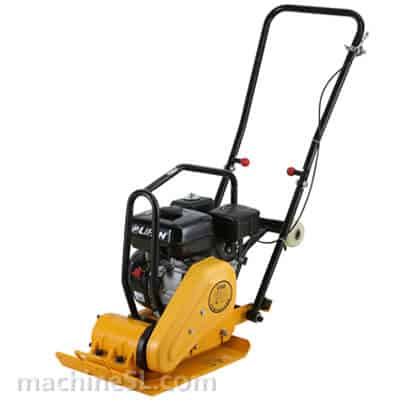
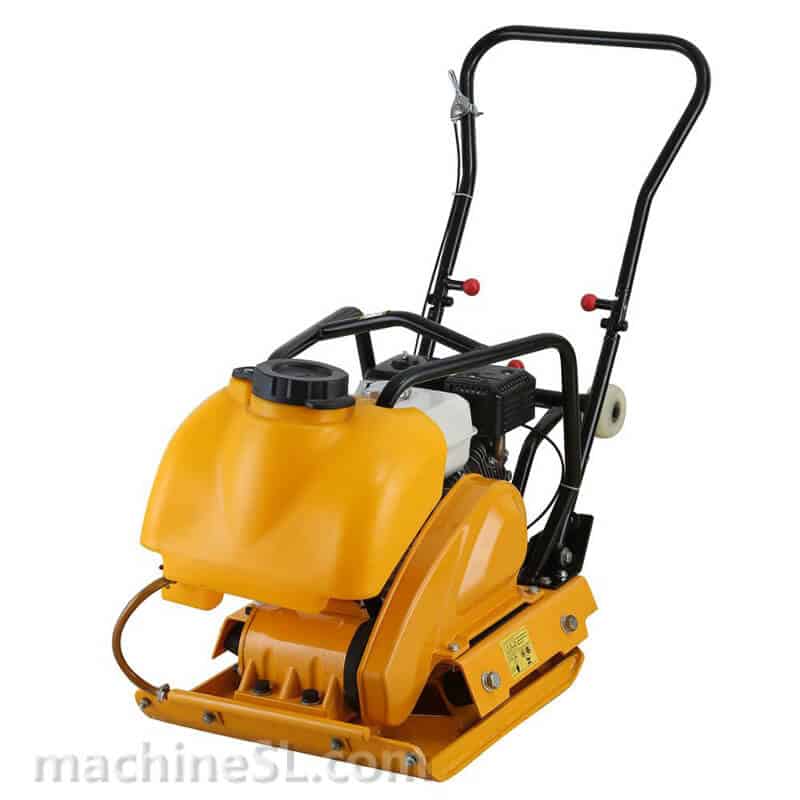
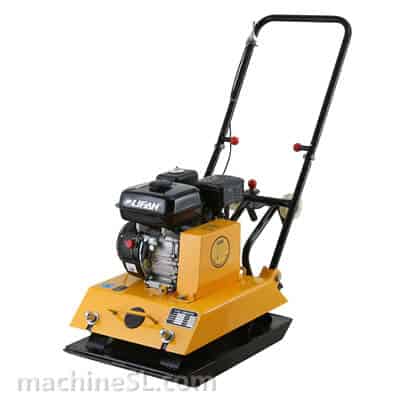
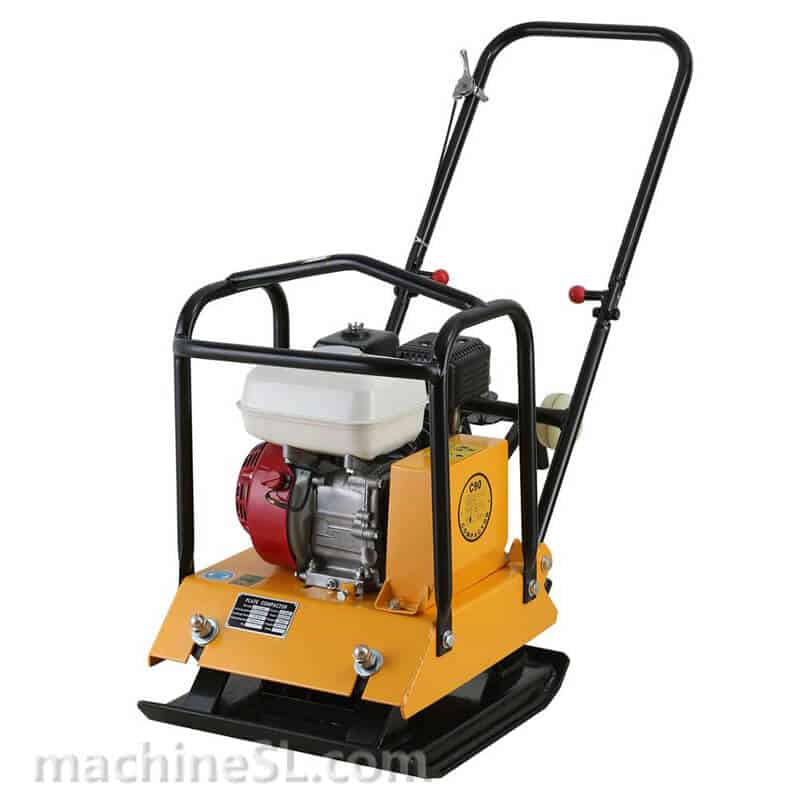
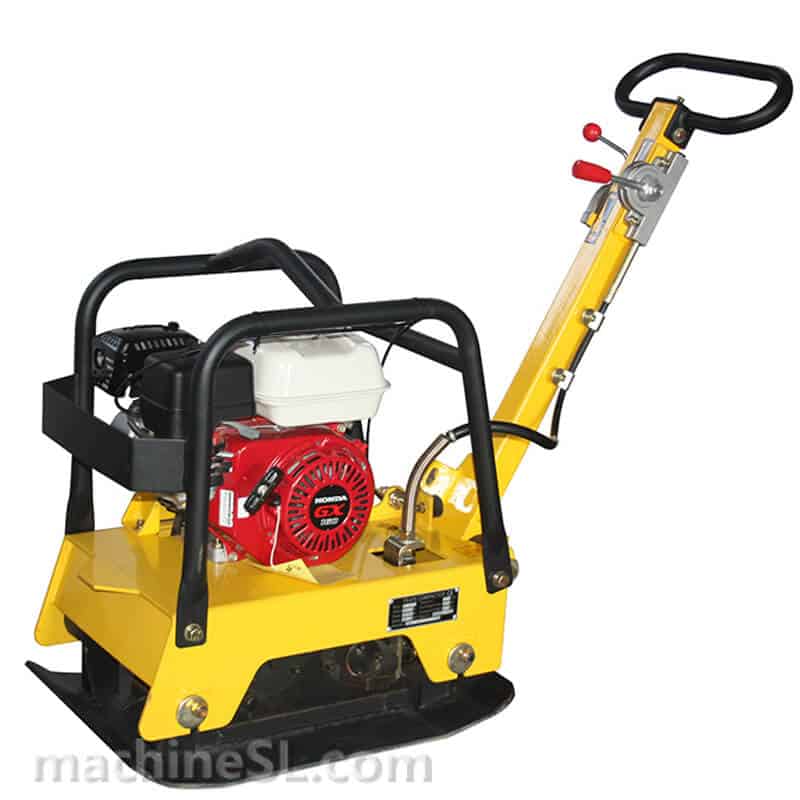
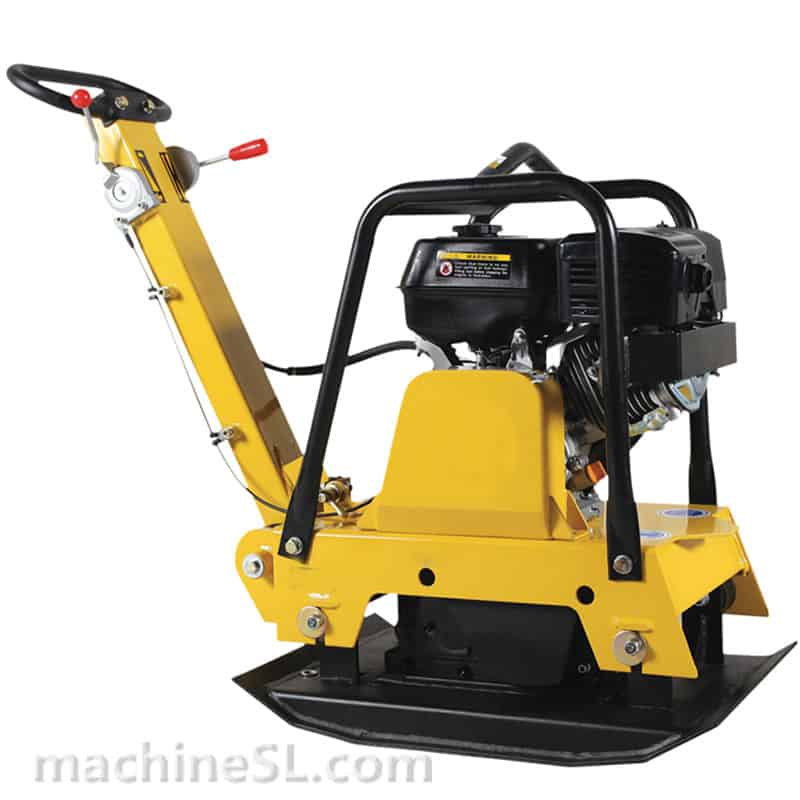
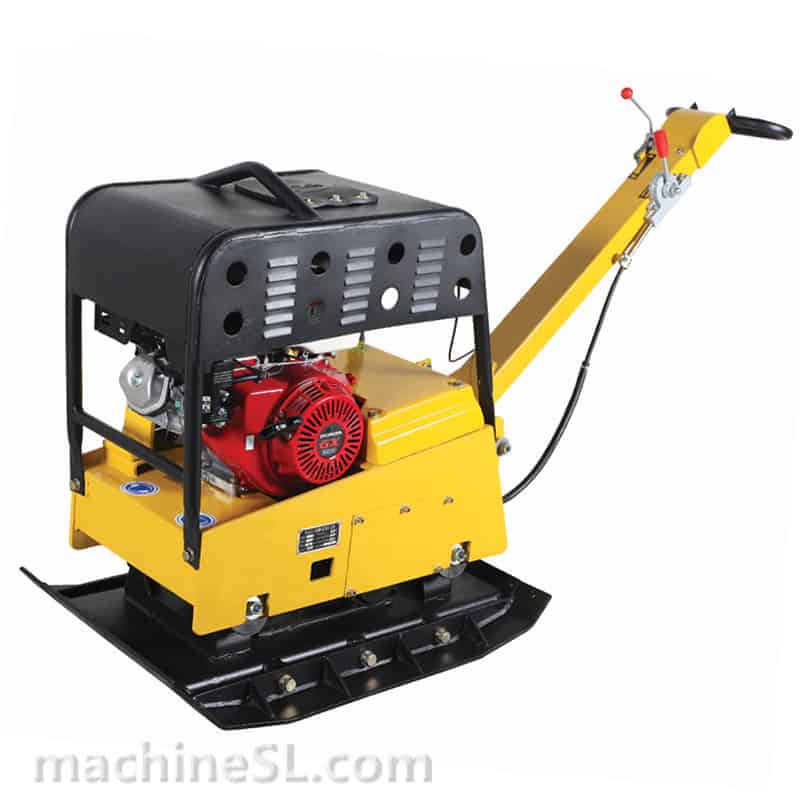
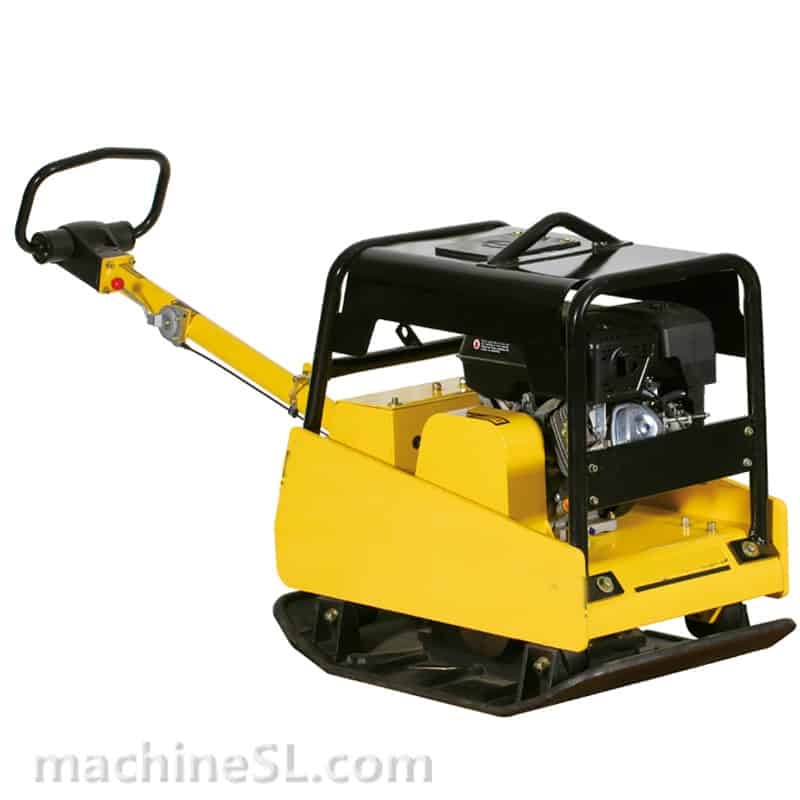
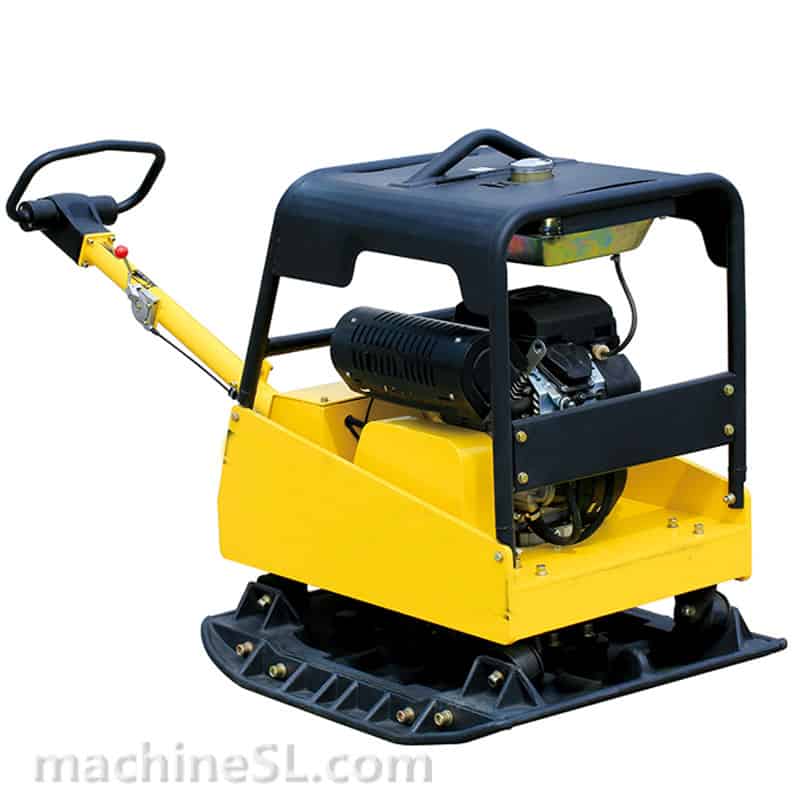
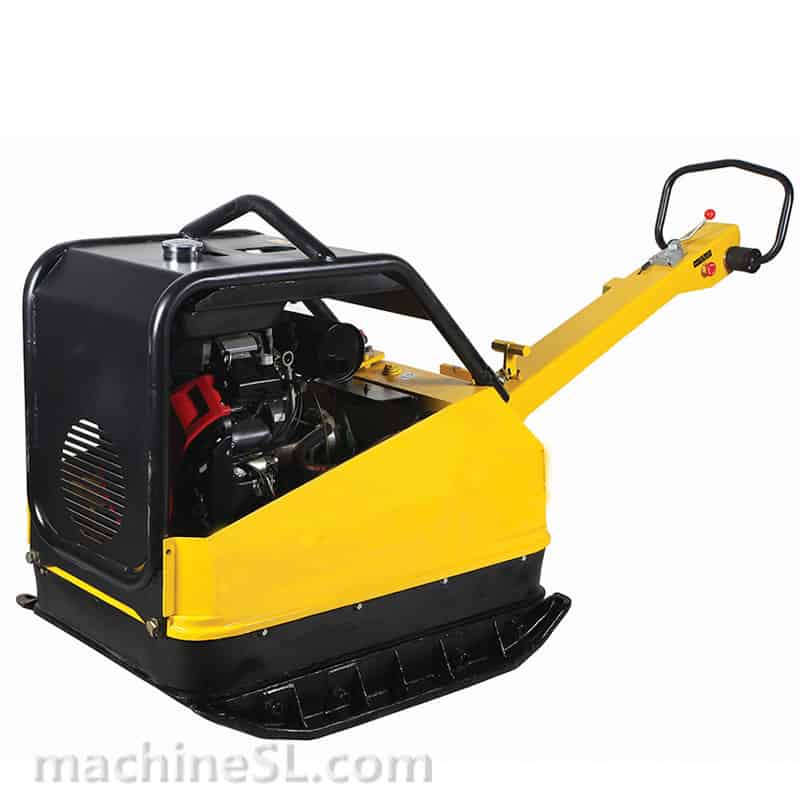
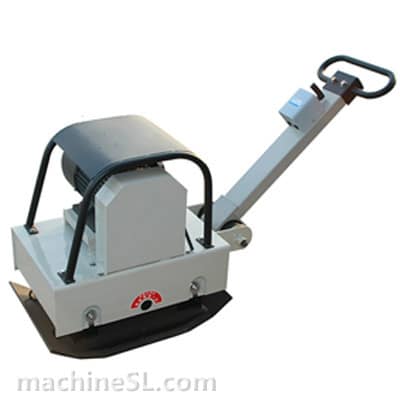
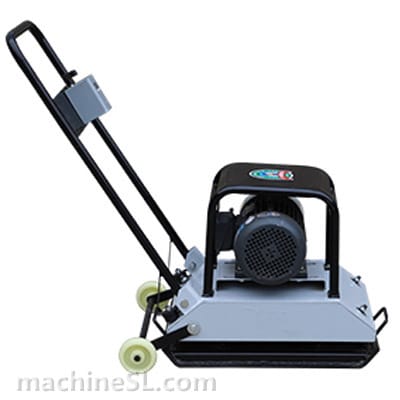
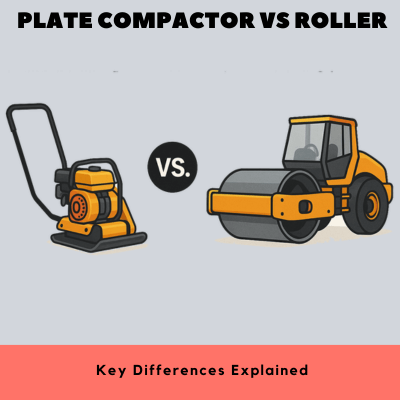
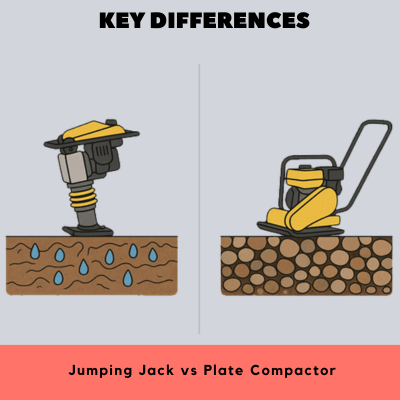
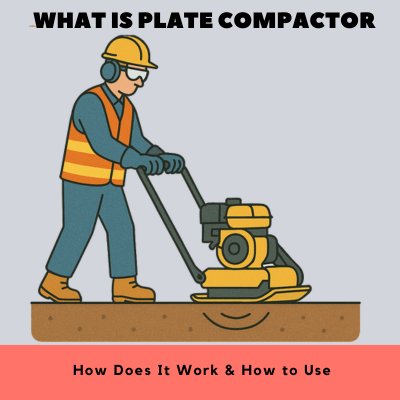
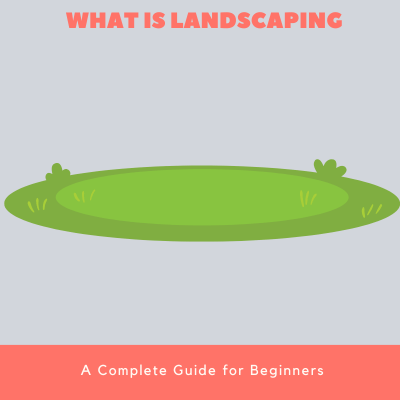
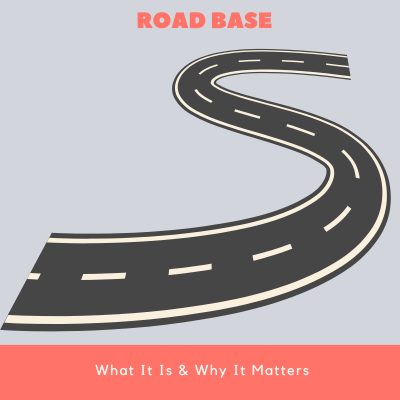
Leave A Comment